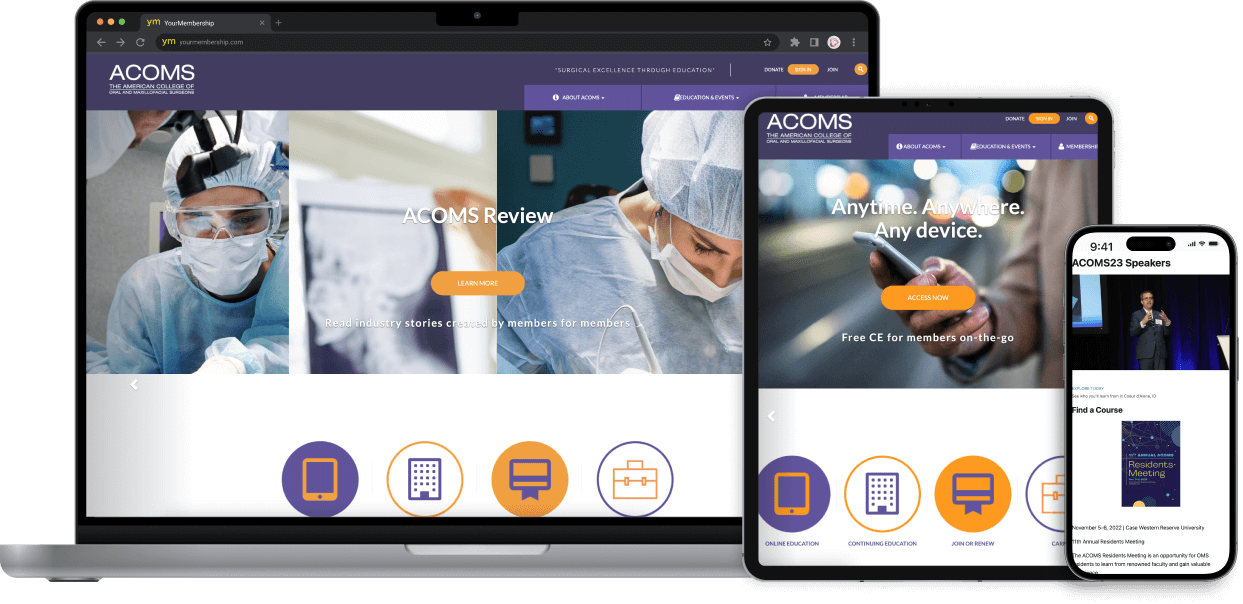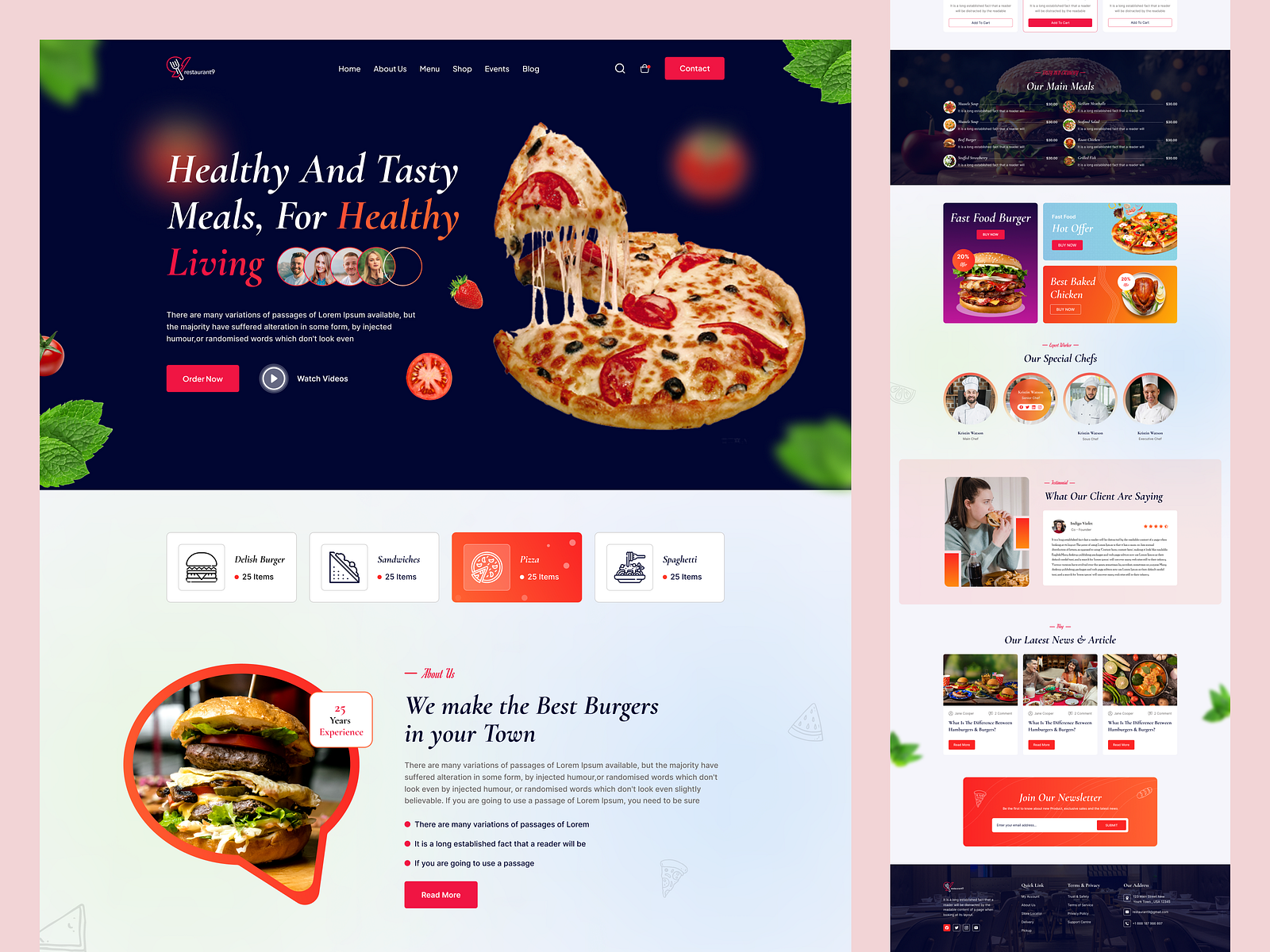The Ultimate Guide to Finding the Best Website Design in copyright Agencies
The Ultimate Guide to Finding the Best Website Design in copyright Agencies
Blog Article
Achieve Online Success With User-Friendly Web Site Design
In the significantly affordable electronic landscape, the layout of a site can be a pivotal factor in identifying a service's success. Easy to use design not only enhances the total user experience but also affects essential metrics such as conversion, interaction, and retention prices. By prioritizing intuitive navigation and access, companies can foster an extra comprehensive setting that interest a wider target market. Understanding the details principles and attributes that add to effective layout needs a closer examination of current fads and ideal techniques, which can disclose opportunities for significant enhancement.
Importance of Individual Experience
Customer experience (UX) plays a critical duty in the success of an internet site, as it directly influences individual satisfaction and involvement. A favorable UX makes certain that visitors can browse the site easily, accessibility details swiftly, and total desired actions, such as signing or making an acquisition up for an e-newsletter, without disappointment.
In a digital landscape where competitors is strong, a site that prioritizes UX can substantially boost brand commitment and retention. Individuals are most likely to return to a website that supplies a smooth experience, producing a cycle of repeat brows through and raised customer lifetime value. Efficient UX design can lower bounce rates, as individuals are much less inclined to leave a website that fulfills their demands efficiently.
In addition, search engines progressively consider individual experience factors when ranking internet sites. Hence, investing in individual experience is important for accomplishing long-lasting success in the digital industry.
Secret Concepts of User-Friendly Design
An effective user-friendly style hinges on several crucial principles that boost use and availability. Most importantly is simpleness; a clutter-free user interface enables individuals to navigate effortlessly, decreasing cognitive load. This principle emphasizes the importance of concise and clear web content, enabling customers to discover details swiftly without unneeded distractions.
Consistency is one more crucial part. Consistent use font styles, colors, and layouts cultivates knowledge and builds trust. Customers should feel comfortable as they check out different areas of the web site, knowing that comparable components symbolize related functionalities.
Efficient typography also plays an important role in easy to use layout. Readable fonts, appropriate dimensions, and ample spacing guarantee that web content is easily legible throughout different tools. Integrating instinctive visual power structures assists users identify vital info and actions at a glimpse.

Vital Features for Navigation
Effective navigating is vital for any easy to use site, as it straight influences the general individual experience. A well-structured navigation system enables users to find information promptly and effectively, lowering disappointment and raising interaction.
One vital function is a intuitive and clear menu that categorizes content realistically - website design copyright. This food selection should be quickly available from every web page, commonly positioned at the top or on the side of the internet site. Additionally, integrating breadcrumb navigating helps individuals comprehend their place within the website pecking order and makes it simpler to backtrack
Search functionality is one more vital part, making it possible for individuals to locate certain web content without sorting through several web pages. This function must be plainly displayed and responsive to variations in i loved this input.
Moreover, a mobile-responsive design guarantees that navigating stays seamless throughout devices. As mobile usage proceeds to increase, menus ought to adjust to different screen sizes without compromising capability.
Finally, visual signs such as highlighting the energetic web page and making use of hover results can enhance customer communication. By integrating these vital functions, web site designers can produce a navigational experience that is not just user-friendly yet additionally motivates expedition and retention.
Accessibility Considerations
Access factors to consider are essential to developing an easy to use site that satisfies all individuals, no matter of their abilities or handicaps (website design copyright). Websites need to website here be made to ensure that users with aesthetic, acoustic, cognitive, or motor disabilities can engage with content effectively. This starts with adherence to the Internet Content Access Standards (WCAG), which provide a structure for making digital material extra obtainable
Trick practices consist of making use of detailed alternative text for pictures, making certain shade comparison ratios fulfill accessibility standards, and offering inscriptions for multimedia elements. Furthermore, the navigation should be intuitive, permitting individuals to tab via links and interactive aspects easily. Applying keyboard navigation is important for those unable to use a computer mouse.
Furthermore, concise and clear language improves comprehension for customers with cognitive restrictions. Forms need to be simple, with tags and directions that are easy to recognize. Normal access testing, including customer comments from people with handicaps, can aid determine barriers and enhance usability.
Measuring Design Success

Customer responses surveys and functionality screening are vital in examining the efficiency of style aspects. These methods allow developers to gather direct input from users, identifying discomfort points and locations for renovation. Additionally, tracking heatmaps can expose where customers click most regularly, assisting to inform design adjustments and material prioritization.
Google Analytics can track customer behavior, revealing patterns that suggest whether the style is helping with or preventing the user trip. Ultimately, a successful website layout not just satisfies service goals however also fosters a smooth and enjoyable customer experience, driving engagement and commitment over time.
Conclusion
Focusing on user experience via simpleness, intuitive navigating, and efficient feedback devices not only improves individual engagement and contentment however also promotes Recommended Site brand name loyalty. Incorporating crucial navigating attributes and accessibility considerations further makes sure that all customers can successfully engage with the website.
Web sites should be made to make certain that individuals with aesthetic, auditory, cognitive, or electric motor impairments can engage with material efficiently.Gauging layout success includes assessing just how efficiently an internet site meets its desired goals while supplying a favorable individual experience. Google Analytics can track user habits, disclosing patterns that indicate whether the style is facilitating or preventing the user trip. Ultimately, a successful web site layout not just meets service purposes but additionally promotes a smooth and delightful customer experience, driving engagement and loyalty over time. Prioritizing individual experience through simplicity, instinctive navigation, and reliable comments systems not just improves user engagement and complete satisfaction yet also promotes brand name commitment.
Report this page